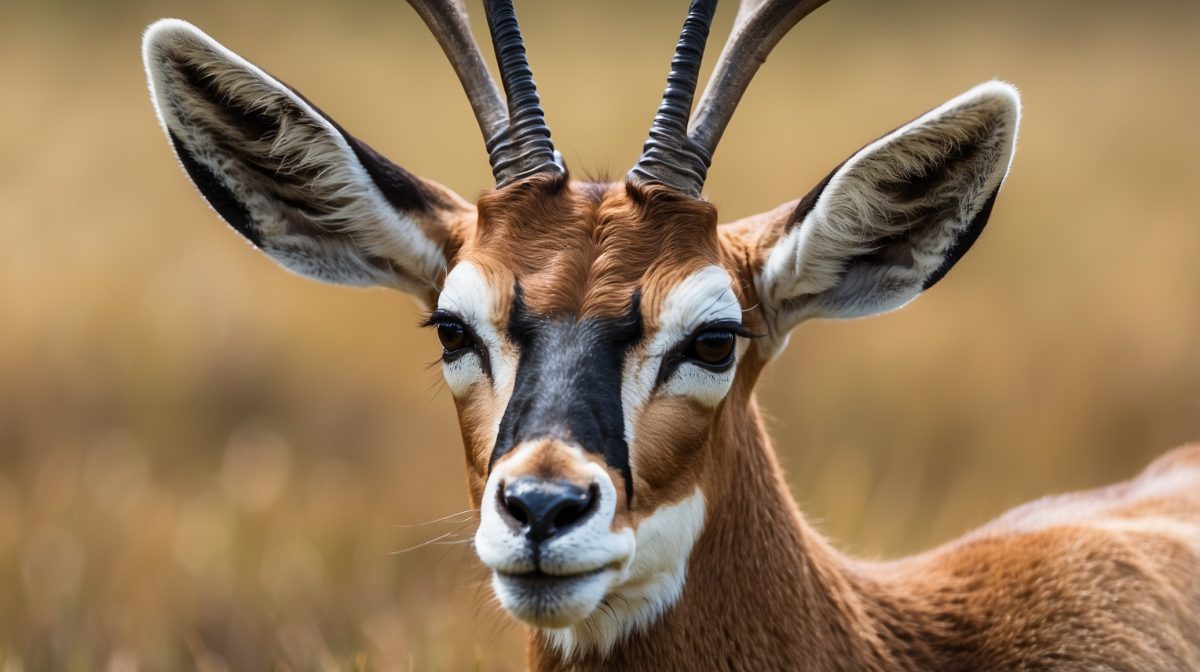Understanding Blackbuck Antelope Characteristics
First off, let’s talk about what you’re lookin’ at when you spot a blackbuck. These critters are sleek and fast, with males sportin’ distinctive black and white coloration and those impressive, corkscrew horns. Females are generally lighter, sportin’ a fawn color without the horns. But what makes a trophy blackbuck antelope? That’s a mix of size, horn length, and a healthy dose of that Hill Country genetics.
A trophy blackbuck ain’t just about the size of the horns, though that’s a big part. It’s also about the animal’s overall condition and the way it carries itself. A true trophy is a combination of all these factors, and it’ll stand out from the herd like a longhorn in a pen of Angus cattle. You’ll know it when you see it – that’s a promise.
Estimating Age in Blackbuck Antelope
The importance of age determination in blackbuck antelope can’t be overstated. Age is a telltale sign of maturity and trophy potential. Physical indicators of age include horn length and curvature, body size and condition, and coat color and markings. A mature buck’s horns will have more twists and a deep, rich color, while their bodies are robust and well-muscled.
Don’t overlook behavioral clues to age, either. Older bucks tend to be more confident and dominant within the herd. They’ll stake out the best grazing spots and won’t hesitate to defend their territory. Watchin’ how a blackbuck interacts with others can give you a good idea of its age and experience out on these Texas plains.
Assessing Trophy Quality
When it comes to assessin’ trophy quality, the SCI (Safari Club International) scoring system is a handy tool for any hunter. It takes into account factors like horn length and symmetry, which are critical for a high-scoring blackbuck. But don’t forget about mass – those thick, well-developed horns can really add to the score. It’s a combination of all these elements that’ll make a blackbuck stand out as a true trophy.
Genetics and habitat play a big role in horn development, too. A blackbuck that’s got the right genes and roams a well-managed range is more likely to develop into a stunner. That’s why here in the Texas Hill Country, we take such pride in our land and the quality of game it produces. It’s all connected, you see – the land, the animal, and the trophy.
Field Judging Techniques
Best practices for observing blackbuck antelope without disturbing them include keeping your distance and using the lay of the land to your advantage. You want to blend in, be part of the scenery, so those blackbucks carry on as if you weren’t there. Tips for using binoculars and spotting scopes come down to quality and practice – invest in the best gear you can afford and learn to use it like it’s second nature.
Estimating measurements from a distance is a skill that comes with time, but there are tricks to the trade. For instance, comparing the horn length to the body size or using the known measurements of objects in the environment as a reference point. Recording observations is also critical for an accurate assessment – keep a log, and you’ll not only improve your judging skills but also have a record of your hunts to look back on.
Ethical Considerations and Conservation
Hunters play a vital role in conservation and ensuring healthy blackbuck populations. Ethical field judging and hunting practices are about more than just following the law; they’re about respecting the animal and the ecosystem it calls home. It’s our responsibility to ensure that we leave the land and its inhabitants better than we found them.
Trophy hunting supports local ecosystems and communities by providing funding for conservation efforts and by incentivizing the preservation of wildlife habitats. When done right, it’s a powerful tool for maintaining the balance of nature and supporting the livelihoods of those who live close to these wild creatures. Remember, we’re not just hunters; we’re stewards of the land.
Conclusion
In the heart of Texas Hill Country, blackbuck antelope are more than just creatures; they’re a symbol of our wild and beautiful landscape. Field judging these animals is not just about the hunt; it’s about understanding and respecting the intricate balance of our natural world. Remember to take your time, use your skills, and honor the tradition of ethical hunting and conservation.
So next time you set your sights on a blackbuck, take a moment to appreciate the role it plays in our Texas Hill Country. Use the knowledge and techniques we’ve talked about to make your field judging count. And above all, respect the blackbuck and the land it roams – they’re the real trophies of Texas.
FAQs
How can you tell the difference between a young and old blackbuck antelope?
Look for horn length and curvature, body size, and coat color. Older blackbucks have more pronounced horns and a darker coat, while younger ones are lighter with shorter, less curved horns.
What time of day is best for field judging blackbuck antelope?
Early morning or late afternoon are prime times, as blackbucks are more active and visible during these cooler parts of the day.
How close do you need to be to accurately judge a blackbuck antelope?
Keep a respectful distance, but with good optics, you can accurately judge a blackbuck from several hundred yards away.
Are there any special considerations when field judging blackbuck antelope during different seasons?
Seasonal changes in coat color and behavior can affect field judging. During mating season, males are more aggressive and their coats are darker, which can be indicators of age and vitality.
How do local conservation efforts impact blackbuck antelope populations?
Conservation efforts, such as habitat restoration and controlled hunting, help maintain healthy populations and ensure that blackbucks continue to thrive in Texas Hill Country.


